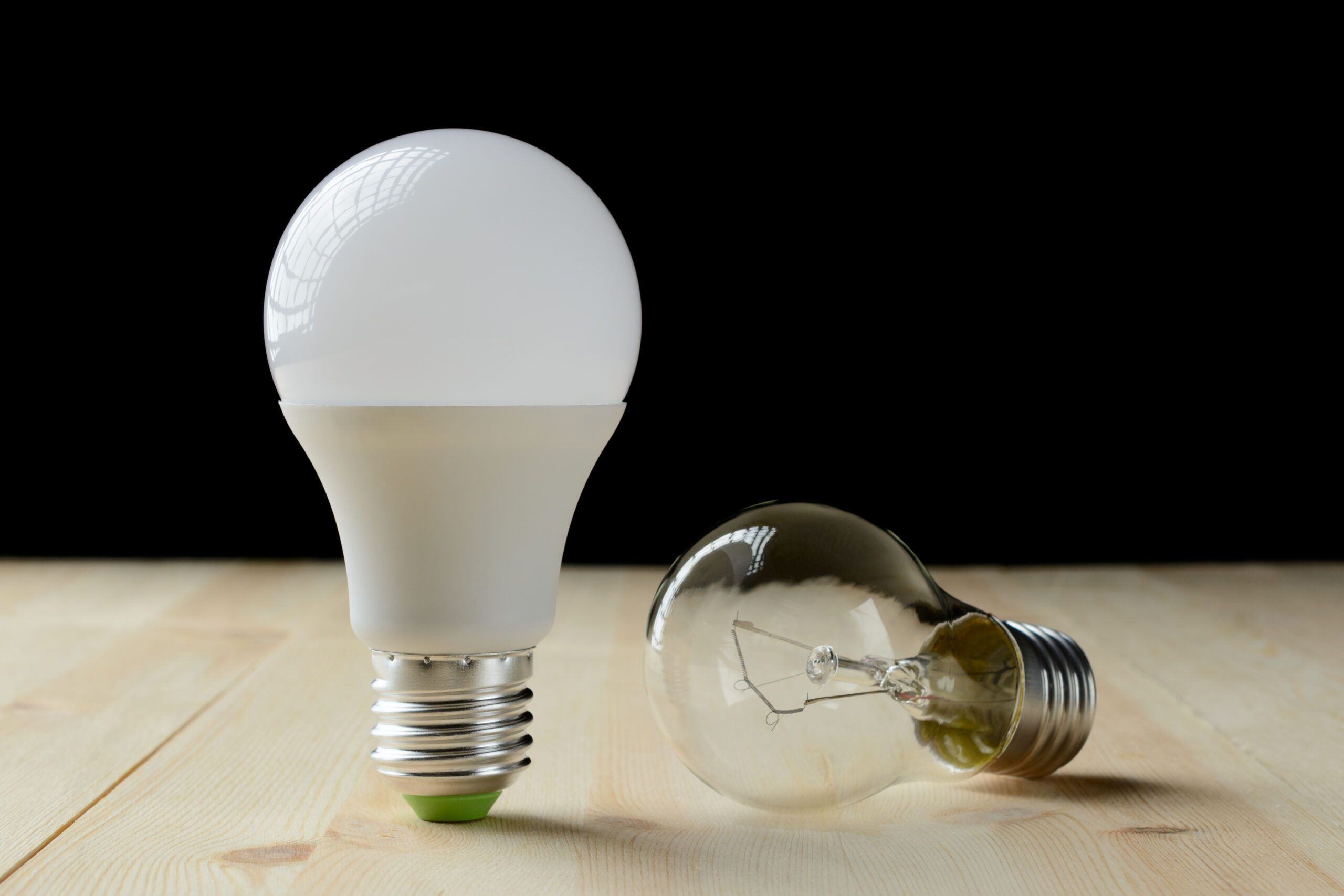Understanding Your Gas Meter
Get started now with our form
Get connectedThere are certain things in life you just aren’t taught in school. Much to our chagrin, there isn’t a class dedicated to anything and everything related to utility connection…yet. Thankfully, we know a thing or two on this subject, especially about gas meters.
So, consider this the school textbook you never received or never knew you needed, as we’ve compiled a comprehensive list of everything you need to know about your own meter including how to find it, how to read it and what to do when setting up gas in your new home.
You can also learn everything you need to know about your Electricity Meter
What is a gas meter?
A gas meter is a device used to record the amount of gas consumed by a household.
The reading on your gas meter is passed on to your energy provider who bills you for the amount of gas you have used in a month or quarter (depending on the billing period for your plan).
Not sure what your gas meter looks like? There are a few different types of gas meters, but they should look similar to the photo below.
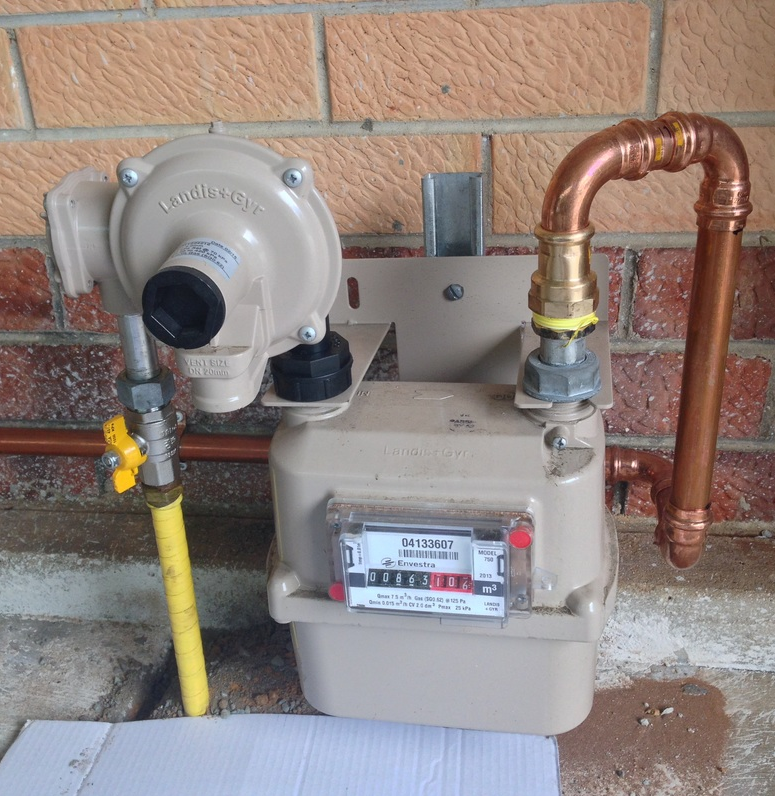
How do I find my gas meter?
The location of your meter will differ depending on the style of your property.
If you live in a house:
The meter is usually located near the front door or around the side of the house.
If you live in an apartment, unit or townhouse:
All of the meters for each residence will likely be in a central location. Common locations for gas meters in multi-dwelling buildings are basements and car parks.
The meters should be labelled with unit numbers so check that you are reading the correct meter.
If you live in NSW, the gas meter could be located under the kitchen sink, so check there first.
If you can’t find your gas meter, your landlord or building manager will be able to assist you.
What do I need to do with my meter?
To connect your gas supply, you will have to make sure that the area surrounding your meter is clear on the day of your connection. This ensures that your service provider can access your meter and get everything up and running for your move.
If they cannot access your meter because of a locked gated or unrestrained animal, your energy may not be connected so make sure the area is as accessible as possible.
Need an urgent gas connection? MyConnect can organise your gas connection for you in under 8 minutes. Click here to get connected
What if I am asked for my meter number?
We will only ask you for your meter number if we are unable to find it on the national database. If you are asked for your meter number, also known as a MIRN (Meter Installation Registration Number) you can usually find it stamped or printed on the face plate in BOLD numbers and it can be up to ten digits in length.

How do I read my gas meter?
There are 2 different meter types in Australia – metric meters which display the units of gas in cubic metres (M3) and imperial gas meters which display the units in cubic feet (ft3).
The most common type of meter you will find in Australian households is a metric meter. It will either be an odometer or a digital display.
Metric gas meters
All digits are to be read from left to right including any zeros that appear at the beginning.
Note: any numbers in red that appears after a comma or decimal point on an odometer are for testing purposes and should be ignored.
The gas meter reading for the example below is 16134.

Imperial gas meters
Imperial gas meters are in the process of being phased out, but some older households may still have them.
To take a reading, you need to note the number on each clock face, from left to right. If the pointer is between 2 numbers, record the lower number. When the pointer is between 0 and 9, record 9.
The additional dials labelled ½ and 2 can be ignored as these are not used to calculate your meter reading.
The reading will be in cubic feet which are then converted to cubic metres on your bill.
The reading for the example below will be 3030.
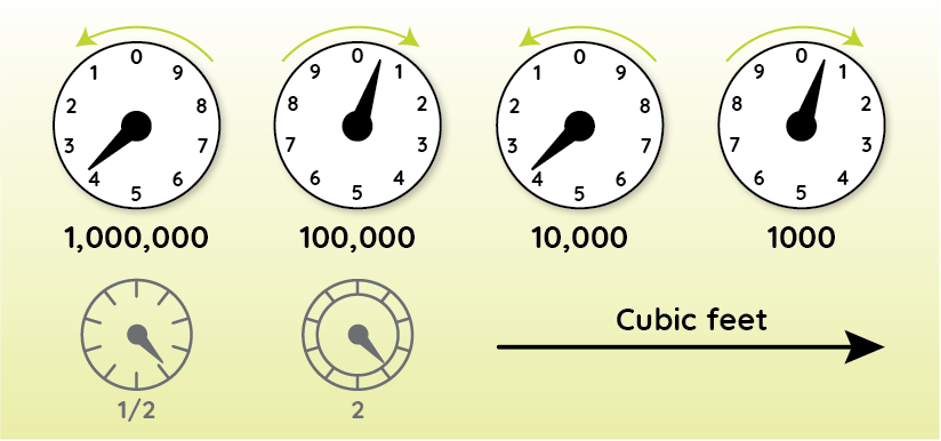
How often will my natural gas meter be read?
Your gas meter is usually read every 3 months. Energy retailers employ authorised Meter Readers whose job is to visit your property and record your gas pressure usage which is then used to calculate your bill.
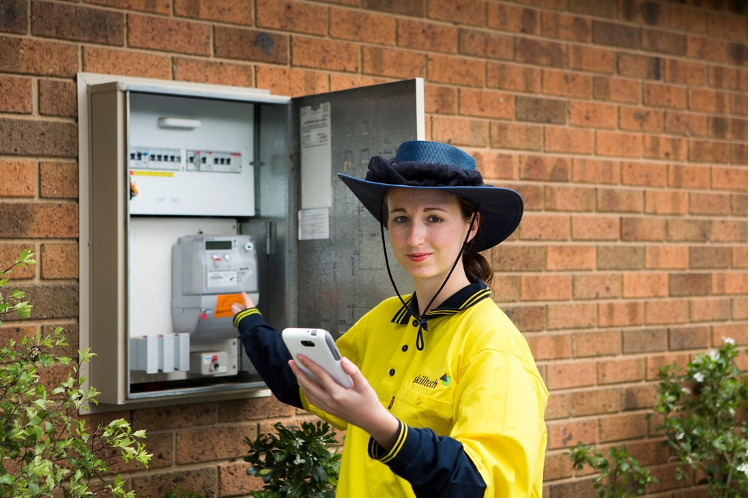
N.B. you may have heard of smart meters- these are meters that can be read remotely, eliminating the need for manual readings. These are currently only available for electricity meters.
Why am I receiving an estimated gas bill?
An estimated bill is issued when an actual reading of your meter was not taken, usually because the meter reader wasn’t able to access your meter or did not provide the retailer with the meter data. In this case, your energy provider will calculate an estimation of your gas consumption based on your past usage.
If you are unhappy with your estimated bill, in most cases you can submit your meter reading. Retailers will work out your revised bill based on the reading you submit.
And there you have it! If you have several gas appliances in your home- cooktops, ovens, heating systems- it is useful to know where your meter is, especially if you want to monitor your gas usage and avoid those alarmingly high energy bills in the winter months!
Curious if your electricity bill is higher than average? Check out the average electricity bill in Australia here!
You can also learn everything you need to know about your Electricity Meter
If you need help getting your utilities connected sorted, please call MyConnect on 1300 854 478 or use the Get Connected form here! All residents from Victoria (VIC), Queensland (QLD), New South Wales (NSW), Australian Capital Territory (ACT), and South Australia (SA) can get connected this very business day. If you’re a first home buyer and you’re unsure about using a utility connection company, this post here can assist you.


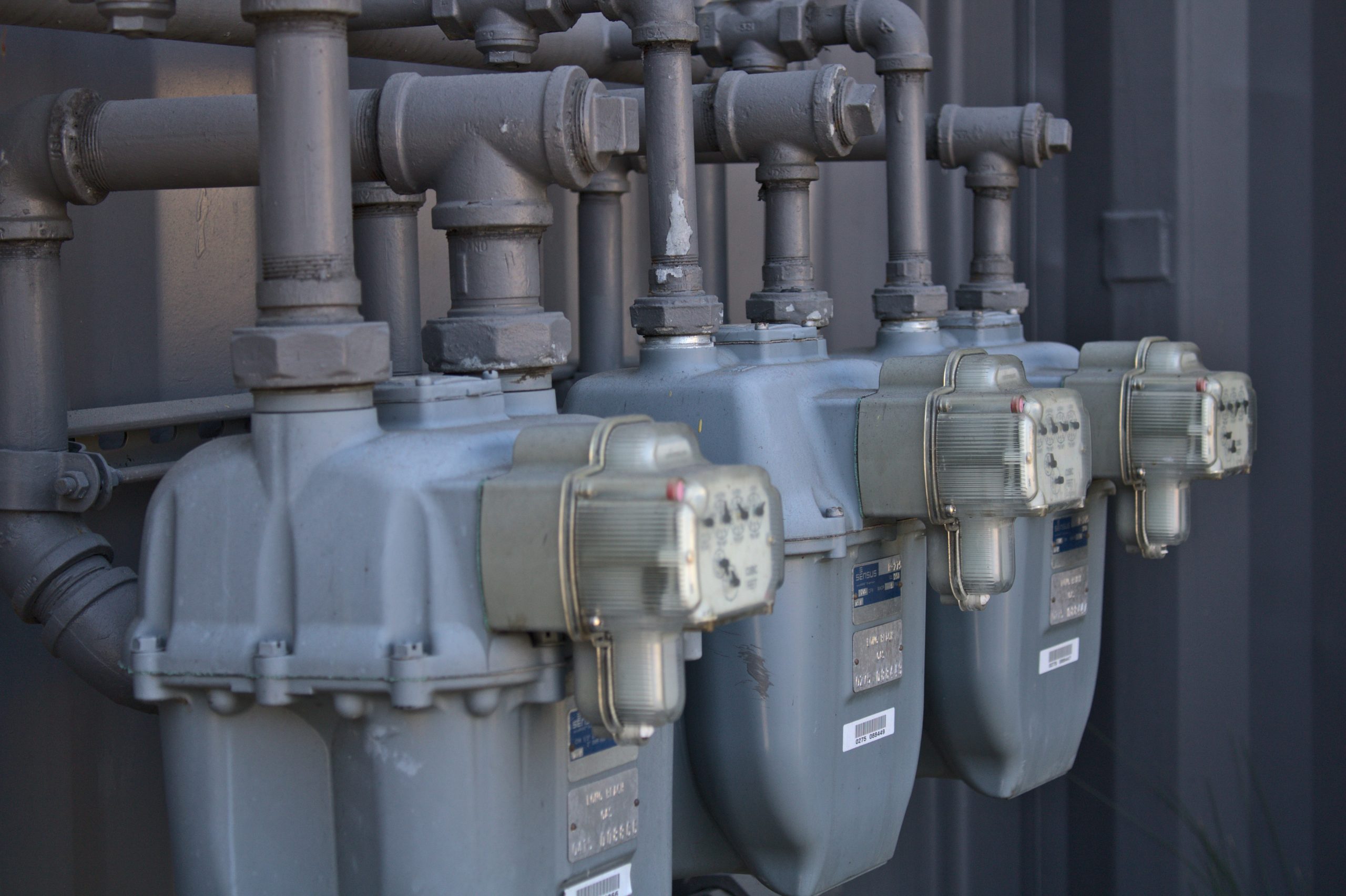
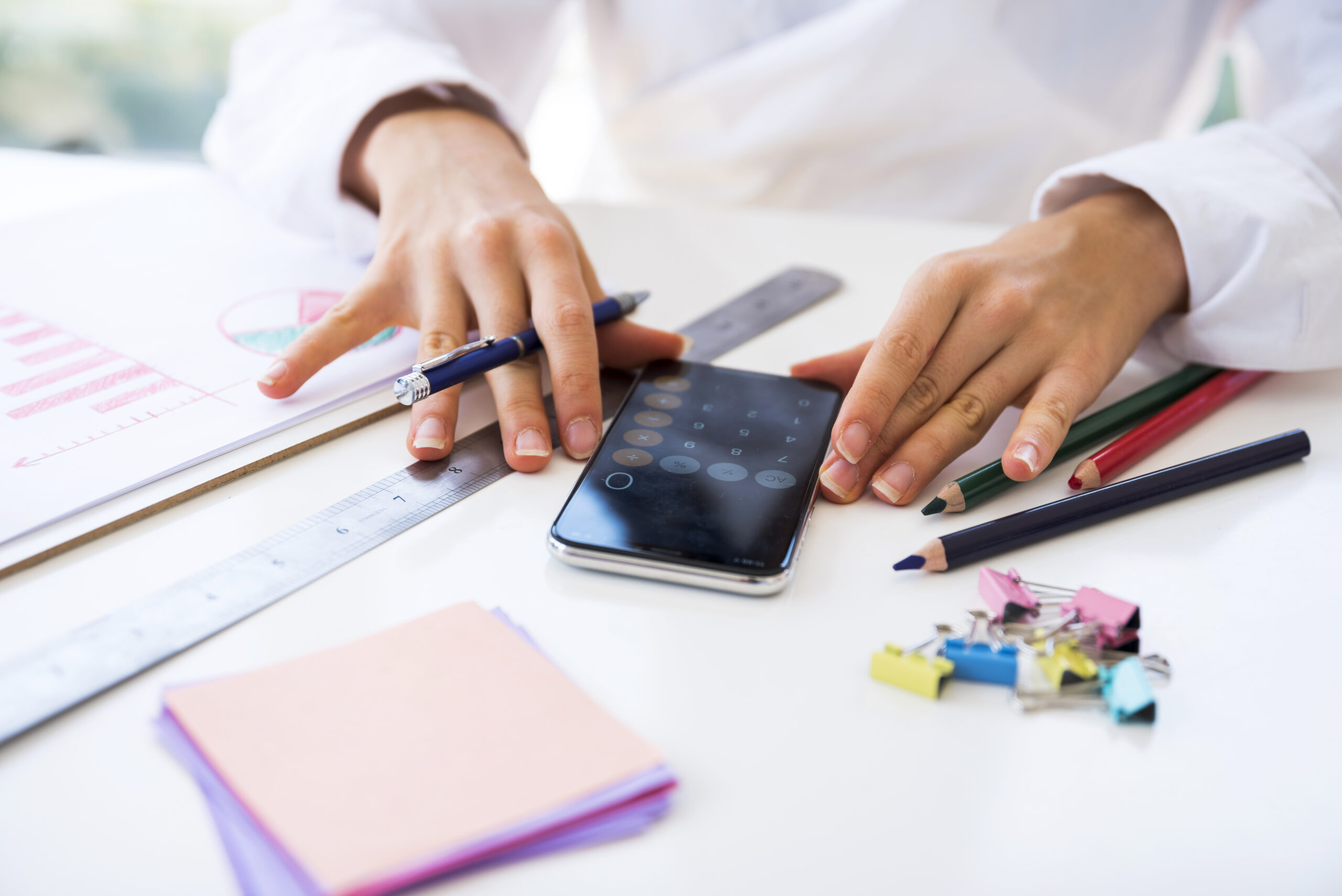


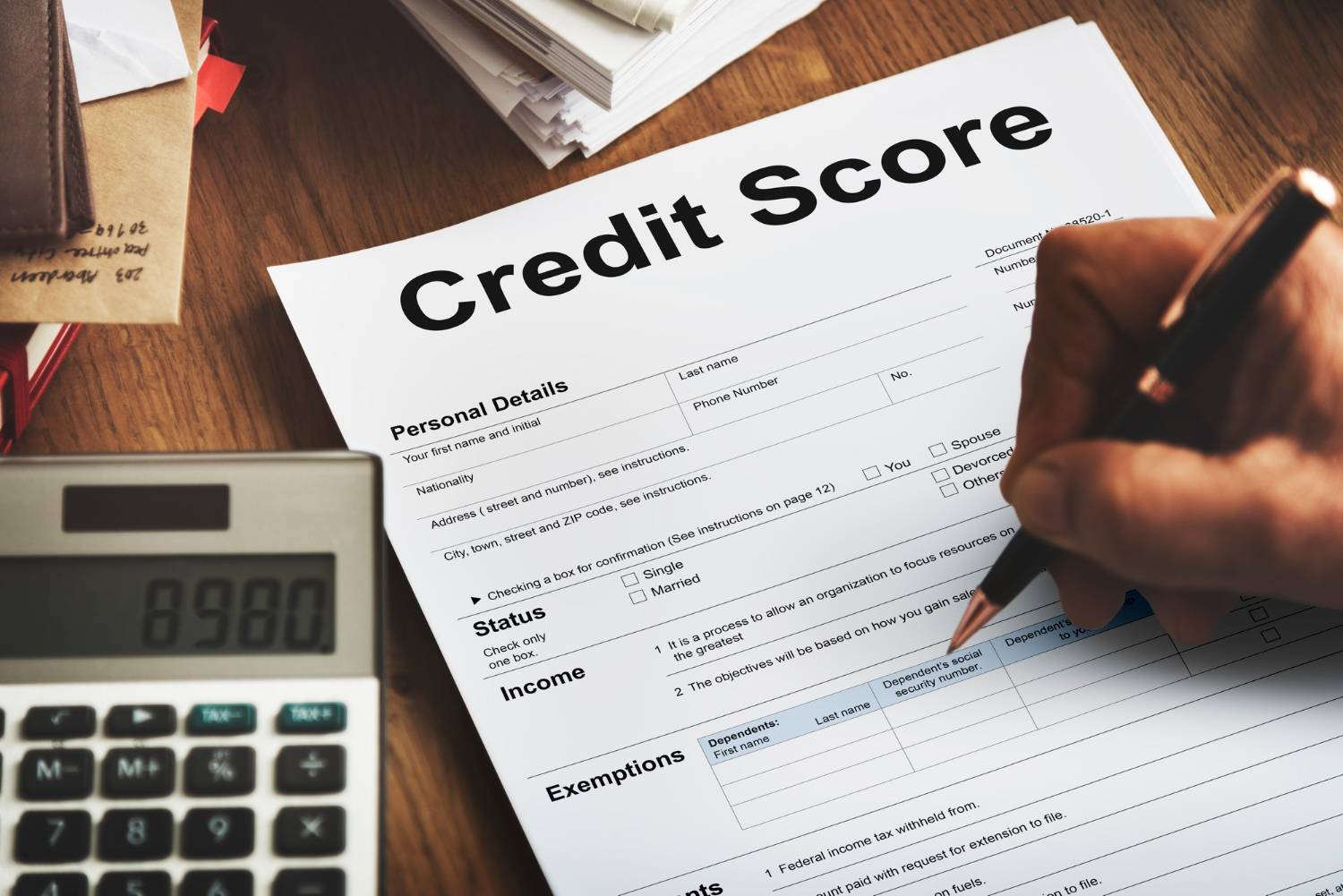
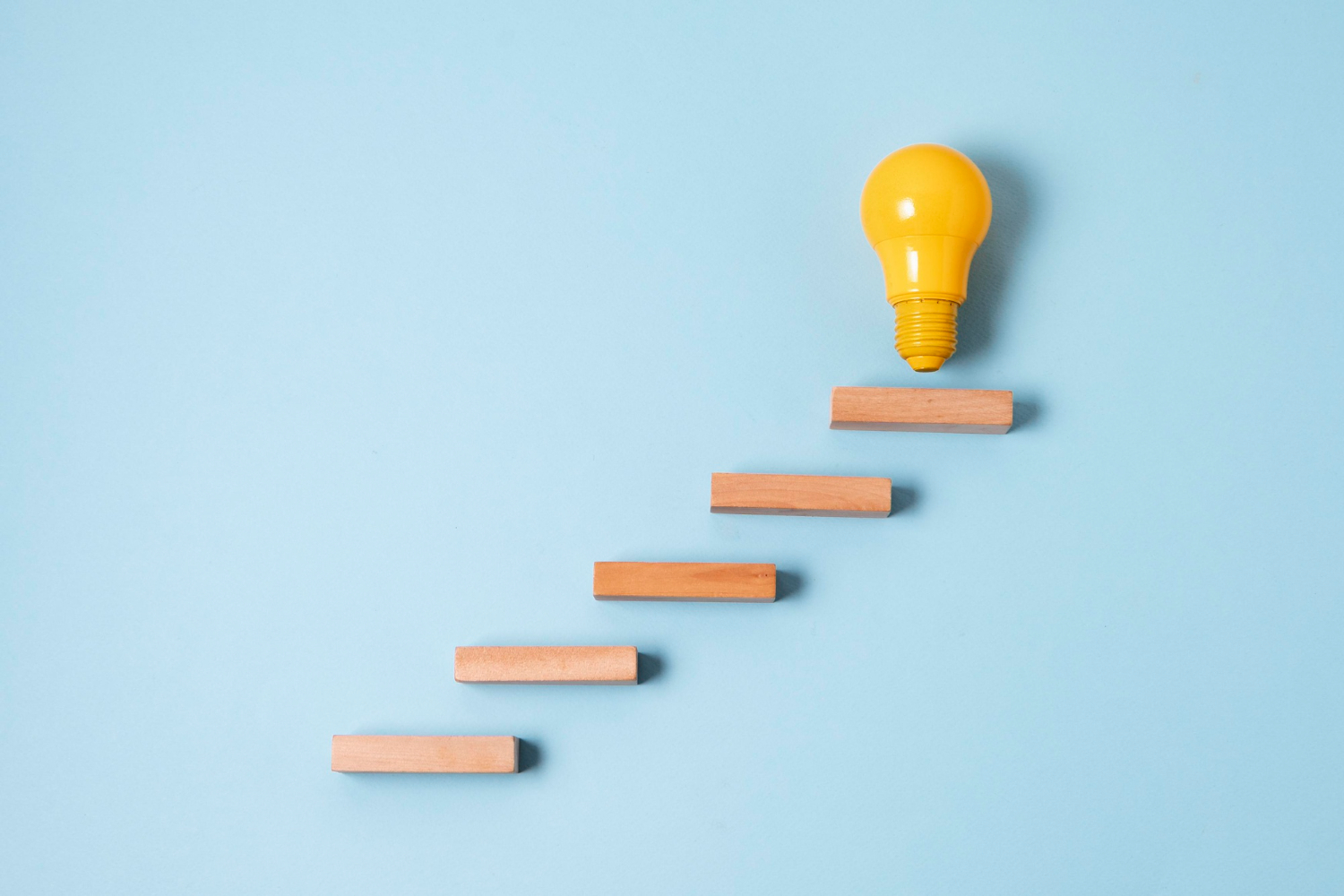

 Justyn Harrison
Justyn Harrison 
